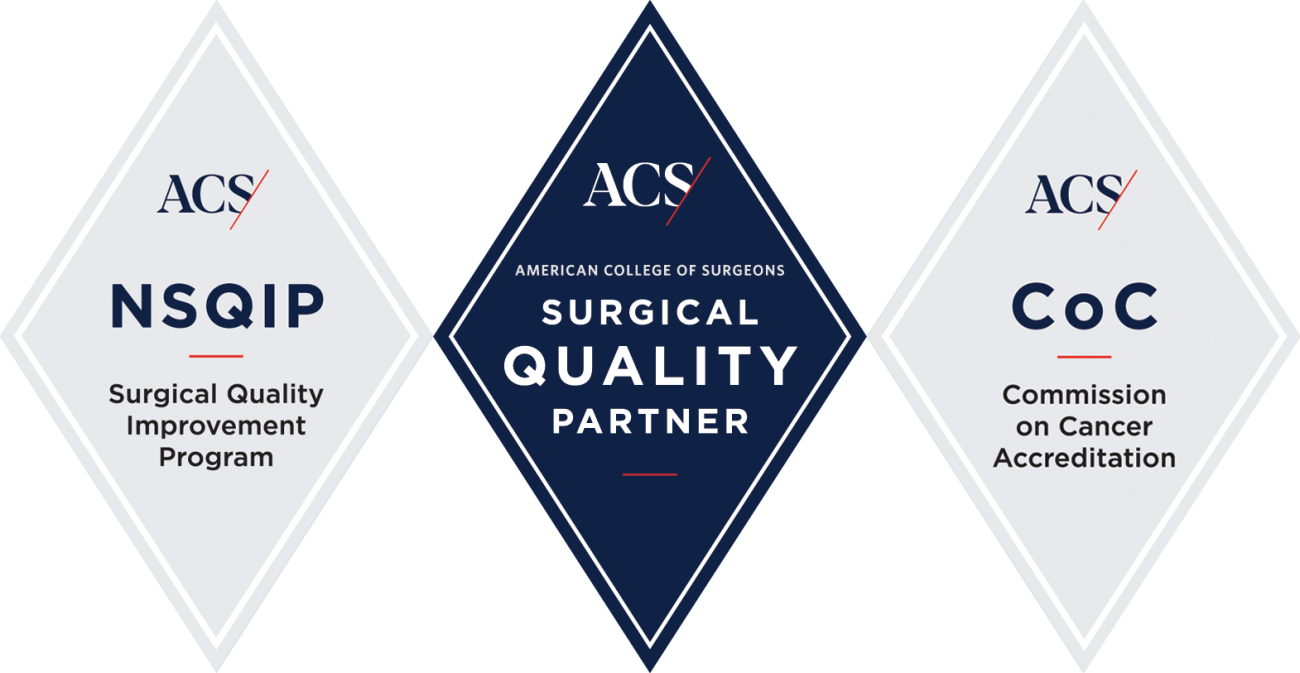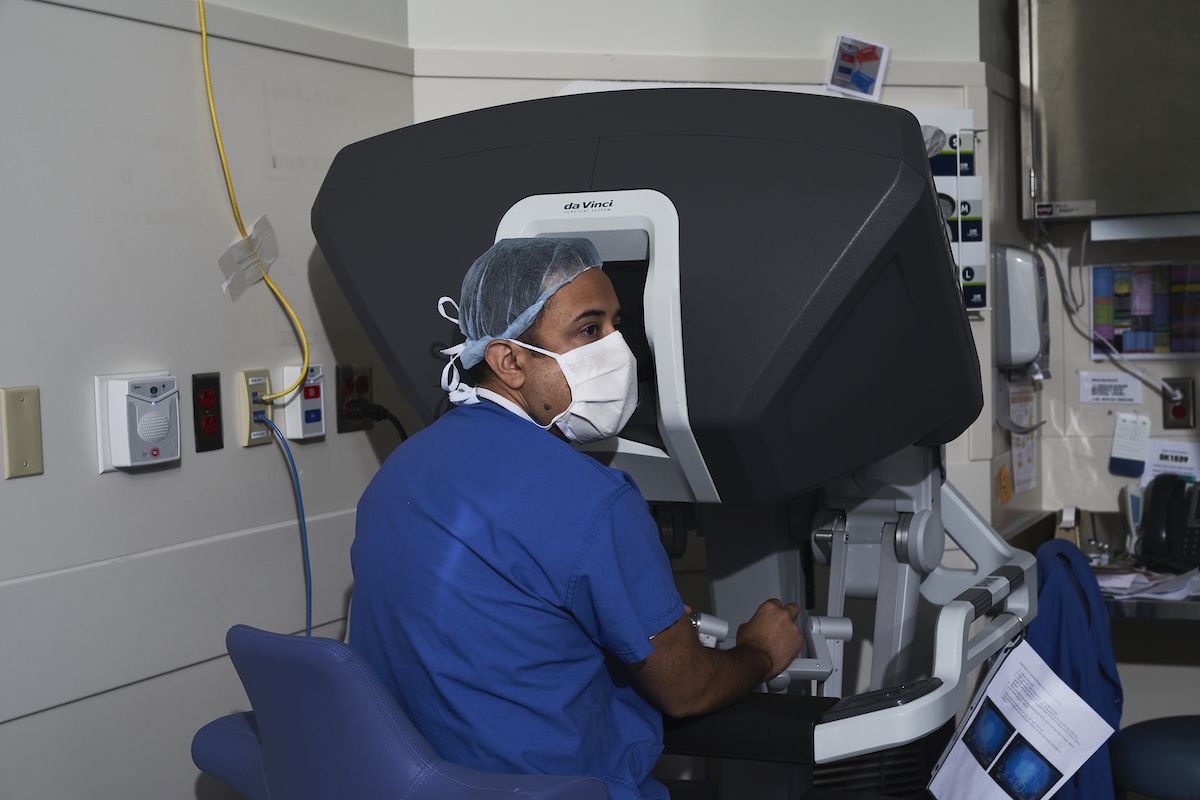Surgery to remove the cancer is a primary treatment for pancreatic cancer. If surgery is an option for you, the type of surgery you have will depend on where the cancer is located within the pancreas. Pancreas operations are complex procedures that involve multiple organs of your gastrointestinal system and can affect how your body digests food.
These surgeries should be performed only by hepatopancreaticobiliary surgeons who have special expertise and experience with complex procedures of the liver, pancreas and bile ducts.
High volume experience essential for best outcome
Learn how Moshim Kukar MD, FACS, is using the latest technology to help patients with pancreatic cancer.
Because the surgery is so complex, the National Comprehensive Cancer Network (NCCN) recommends that patients undergo pancreas surgery at hospitals that perform more than 15 operations a year. Roswell Park’s hepatopancreaticobiliary surgeons far exceed that, and perform about 100 pancreas procedures each year, including these three main types:
- Whipple surgery is the most common procedure for cancer in the pancreas. It is recommended for patients whose tumor is located in the head — the widest part — of the pancreas. Also called a pancreatoduodenectomy, the surgery removes the head of the pancreas, the gallbladder, duodenum, part of the bile duct and usually part of the stomach.
- Distal pancreatectomy is typically performed for patients with a tumor in the body (middle) or tail (end) of the pancreas. During this surgery, the body and tail of the pancreas is removed as well as nearby lymph nodes, and sometimes the spleen.
- Total pancreatectomy may be performed in certain patients with cancer throughout the pancreas. The procedure removes the entire pancreas, gallbladder, duodenum, nearby lymph nodes and portions of the bile duct, stomach and sometimes the spleen.
Other, less common procedures include central pancreatectomy and enucleation of small neuroendocrine tumors.
Minimally invasive and robotic surgery options
Some pancreas operations may be performed minimally invasively with laparoscopic approaches and/or robotic surgery. With these approaches, surgeons operate through several small incisions aided by a tiny camera that magnifies the field and special surgical or robotic tools. These approaches are often an option for patients whose tumor is located on the left side or tail end of the pancreas gland and are increasingly considered for patients with tumors in the head of the pancreas (right-sided tumors).
The Roswell Park Advantage — determining if surgery is an option
For some pancreatic tumors, it is clear that surgical treatment will benefit the patient, and for others, it’s apparent that surgery won’t. But many pancreas tumors fall in the middle, where the benefit of surgery to the patient over the long term is initially less certain. This is where the advantage of coming to a comprehensive cancer center like Roswell Park matters. Here we have several pancreas experts, the surgeons and medical and radiation oncologists sitting in the same room and looking at a patient’s scans to determine the very best options for that individual. We see many patients who may be able to have surgery if we can shrink the tumor first with chemotherapy and/or radiation. If the tumor responds to that treatment, we can re-evaluate for surgery. Those decisions are made collaboratively, with input from all our pancreas experts.

